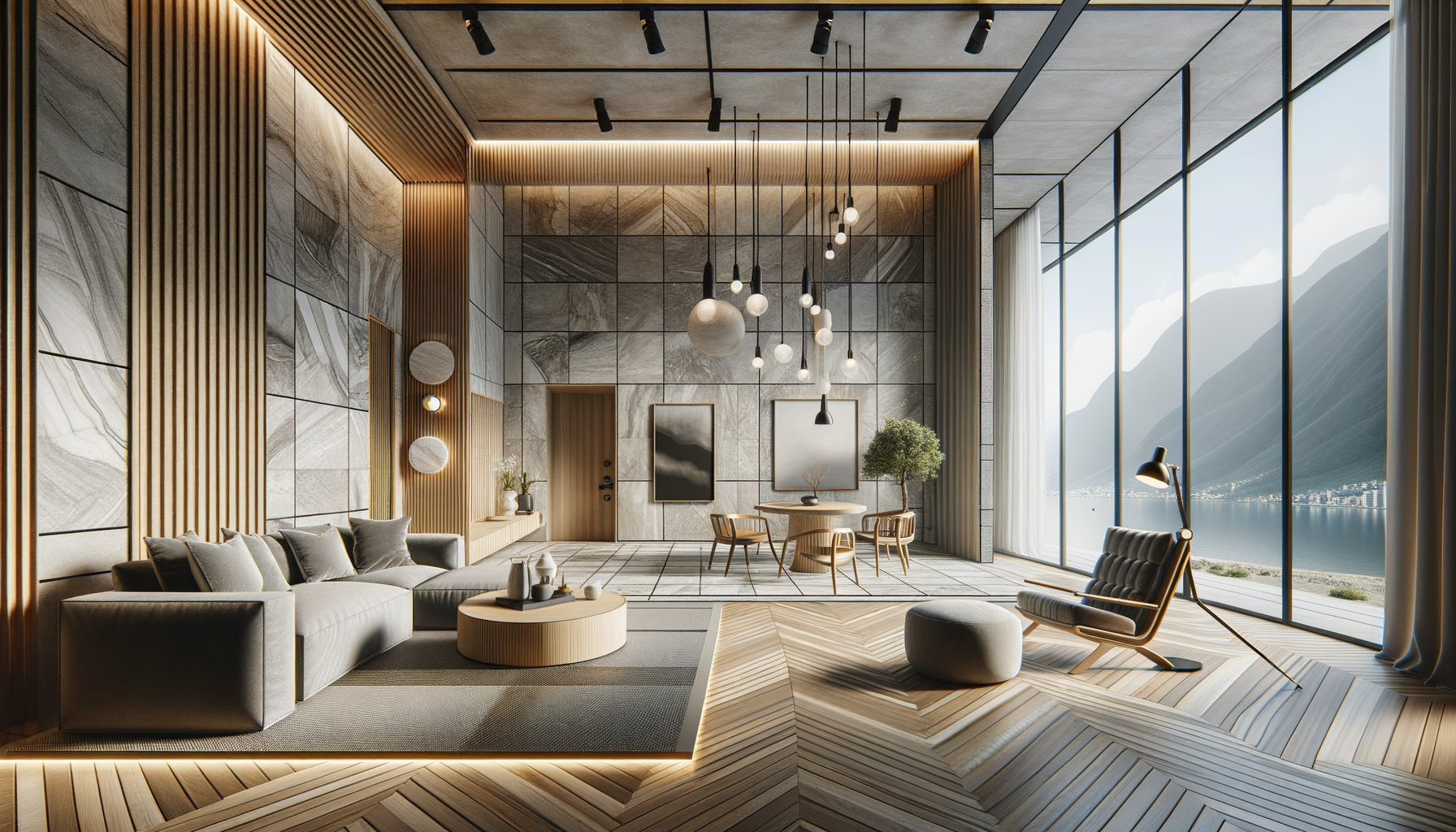Introduction to Sintered Stone
Sintered stone is rapidly becoming a cornerstone in modern interior design, offering a blend of aesthetic appeal and practical functionality. This engineered surface material is crafted from natural minerals, which are subjected to extreme heat and pressure to create a durable, non-porous slab. The process mimics the natural formation of stone, resulting in a product that offers the beauty of natural stone without the maintenance challenges. As homeowners and designers seek sustainable and versatile materials, sintered stone emerges as a compelling choice due to its durability and natural appearance.
The Manufacturing Process of Sintered Stone
The creation of sintered stone involves a sophisticated process that enhances its durability and aesthetic qualities. The manufacturing begins with the selection of natural raw materials such as clay, feldspar, silica, and mineral oxides for color. These are finely ground and mixed before being subjected to a high-pressure press, which compacts the material into slabs. The slabs are then baked at temperatures exceeding 1200°C, a process that fuses the particles together. This high-temperature baking not only solidifies the material but also ensures its resistance to heat, stains, and scratches. The result is a surface that is not only visually appealing but also highly functional, making it ideal for various applications in interior spaces.
Applications in Interior Design
Sintered stone is celebrated for its versatility, finding applications in numerous areas of interior design. Its durability and natural appearance make it a popular choice for kitchen countertops, where resistance to heat and stains is paramount. Additionally, its non-porous nature makes sintered stone an excellent option for bathroom surfaces, as it prevents moisture absorption and mold growth. Beyond kitchens and bathrooms, sintered stone is also used for flooring, wall cladding, and even furniture. Its ability to mimic the look of natural stone, wood, or concrete allows designers to achieve a wide range of aesthetics, from rustic to contemporary. The adaptability of sintered stone, combined with its low maintenance requirements, makes it a favored material in both residential and commercial projects.
Comparing Sintered Stone with Other Materials
When considering materials for interior spaces, sintered stone stands out due to its unique properties. Compared to natural stone like marble or granite, sintered stone offers superior resistance to scratches and stains, making it more suitable for high-traffic areas. Unlike quartz, which can discolor over time when exposed to sunlight, sintered stone maintains its color and finish even when used outdoors. Additionally, its non-porous surface means it does not require sealing, unlike many natural stones. While ceramic tiles share some similarities with sintered stone, the latter offers a more seamless appearance due to its larger slab sizes. These comparative advantages make sintered stone a practical and aesthetically pleasing choice for various design needs.
The Future of Sintered Stone in Design
As the design world continues to evolve, the demand for sustainable and versatile materials grows. Sintered stone is well-positioned to meet these demands, offering a combination of durability, aesthetics, and environmental friendliness. The manufacturing process of sintered stone utilizes natural materials and does not emit harmful substances, aligning with the increasing emphasis on eco-friendly building practices. Furthermore, its ability to replicate a variety of natural textures and colors allows designers to push creative boundaries without compromising on quality or performance. As technology advances, we can expect further innovations in sintered stone, expanding its applications and reinforcing its role as a staple in modern design.



Leave a Reply